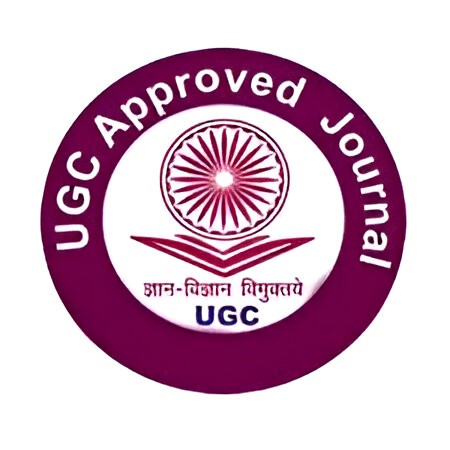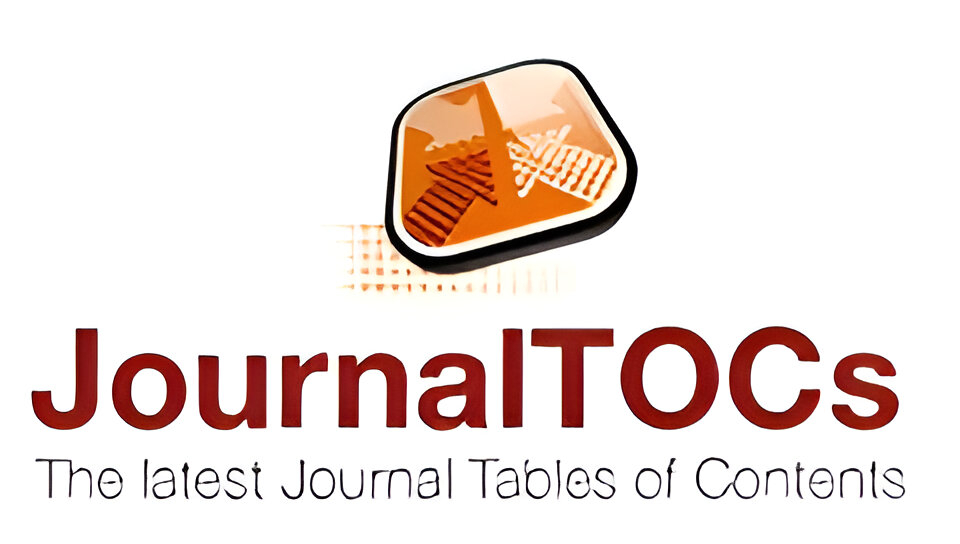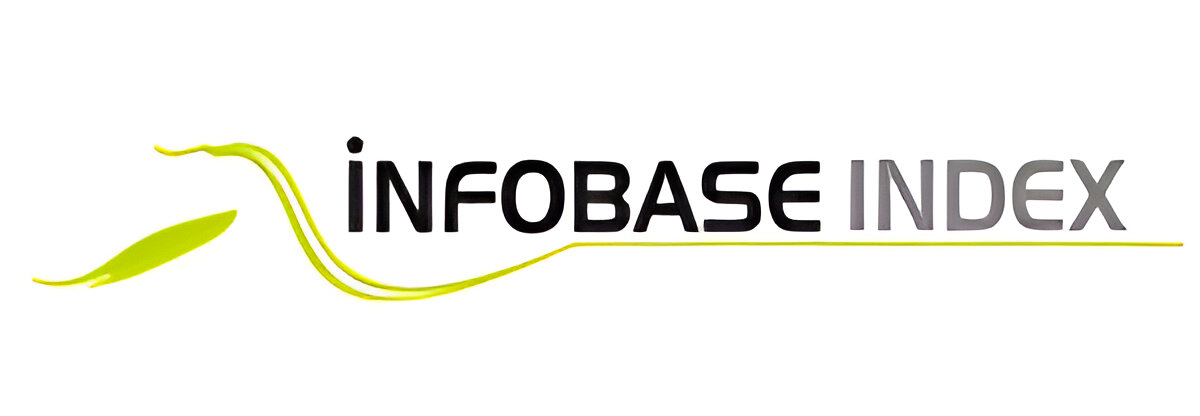Automated road damage detection using UAV images and deep learning techniques
Abstract
In recent years, the rapid advancement of Unmanned Aerial Vehicles (UAVs) has paved the way for innovative applications across various sectors. One such promising application is the automated detection of road damage, a critical task for maintaining road infrastructure and ensuring transportation safety. Traditional road damage detection systems predominantly rely on manual inspections or vehicle-mounted cameras, which are often time-consuming, labor-intensive, and limited by ground-level perspectives. These conventional methods also pose risks to inspectors and incur significant operational costs. The primary problem with traditional road damage detection systems lies in their inefficiency and inability to provide comprehensive coverage and real-time data. Manual inspections can be subjective and prone to human error, while vehicle-mounted systems are restricted to accessible roadways and may miss critical damage in less visible areas. These limitations hinder timely maintenance, leading to prolonged road damage that can exacerbate over time and increase repair costs. Motivated by the need for a more efficient, accurate, and scalable solution, this research proposes a UAV-based automated road damage detection system leveraging deep learning techniques. UAVs offer a high degree of flexibility, enabling them to capture aerial images of road networks from various angles and altitudes, thus providing a more comprehensive and detailed view of road conditions. By integrating deep learning algorithms, specifically convolutional neural networks (CNNs), the proposed system can automatically identify and classify different types of road damage from the UAV-captured imagery. The proposed system addresses the limitations of traditional methods by significantly enhancing the speed, accuracy, and safety of road damage inspections. UAVs can cover large areas quickly, reducing the time required for inspections, while deep learning models ensure high accuracy in detecting and categorizing road damage. This automated approach minimizes human involvement, reducing the risk to inspectors and the likelihood of human error. Furthermore, the system's scalability allows for frequent and widespread monitoring, facilitating timely maintenance interventions and ultimately extending the lifespan of road infrastructure.











